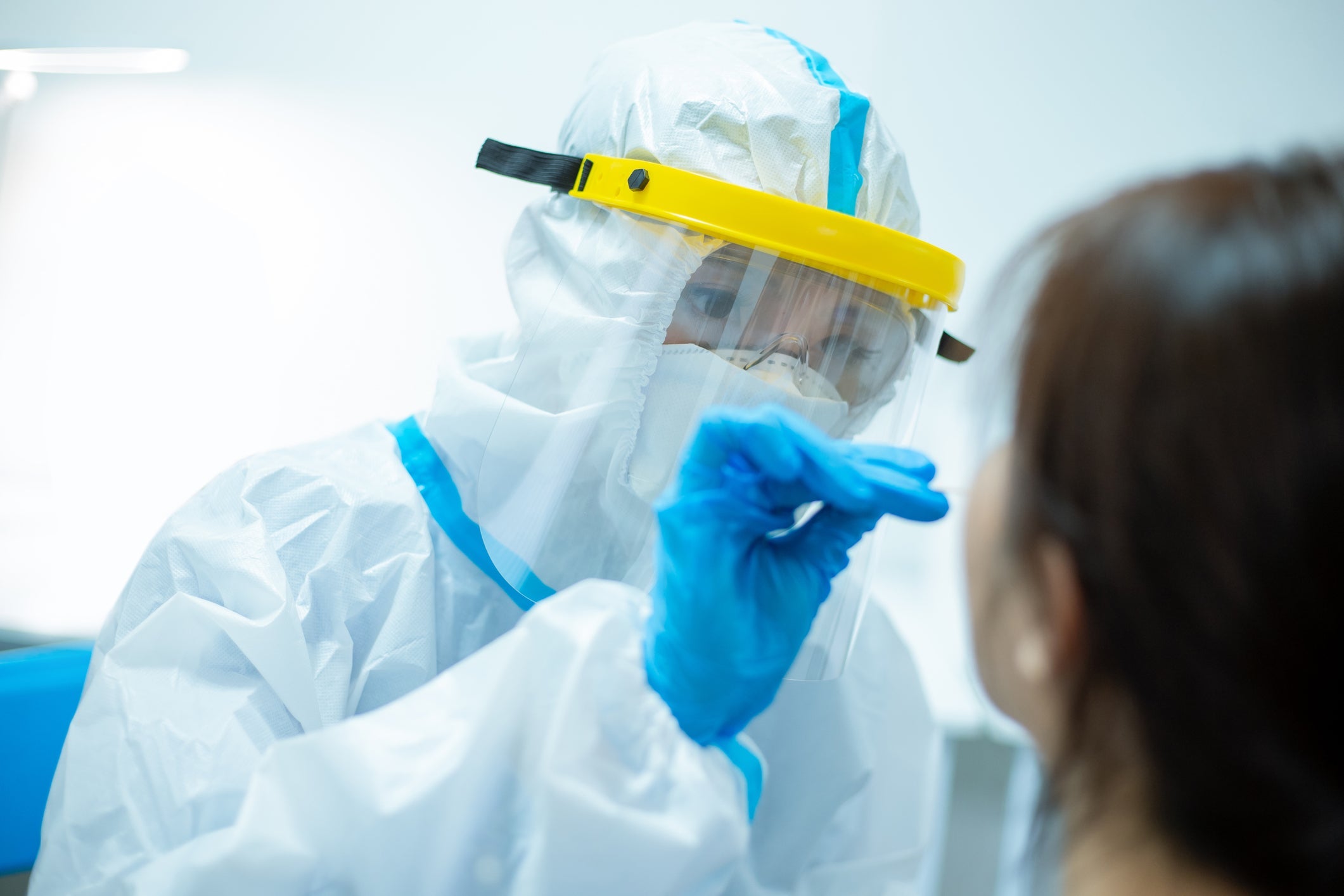More testing, sequencing key to quickly detecting new infectious disease variants

October 2, 2024—To speed the detection of new variants of an infectious disease, public health officials should boost rates of testing and sequencing, according to a new study led by researchers at Harvard T.H. Chan School of Public Health.
The study was published Sept. 5 in PLOS Computational Biology. Yonatan Grad, professor of immunology and infectious diseases, was corresponding author. Kirstin Oliveira Roster, postdoctoral research fellow in the Department of Immunology and Infectious Diseases, was lead author.
In order to identify new strains of infectious diseases and protect the public against more transmissible and/or virulent strains, public health agencies rely on testing the population and then using those tests to conduct genomic sequencing—the process of determining a pathogen’s genetic makeup. It’s unclear, however, how different factors—the volume of testing and sequencing, the timing of an outbreak, or the transmissibility of a new variant—impact the speed at which a new variant can be detected.
To expand the evidence base on best practices for variant detection, the researchers created a model to test how surveillance strategy, outbreak location, and variant transmissibility influence how long it takes to detect a new variant. They plugged COVID-19 data from December 2020 through November 2021 in New York City into the model to assess how quickly a new SARS-CoV-2 variant would be detected depending on different combinations of factors. (The researchers noted that the model can be adapted for other locations and respiratory infections.)
The study found that increasing the number of samples sequenced—which would require a higher rate of testing—led to faster detection of a new variant. Specifically, raising sequencing proportions by one percentage point decreased detection time by 44 days, as well as reduced infections by 502 cases per 100,000 people. Transmissibility also had a significant effect: A 0.1 percentage point increase in a variant’s infectiousness led to a 60-day reduction in detection time, but also 133 additional infections per 100,000 people.
“In our simulations, the greatest improvement in detection speed was achieved by increasing the number of positive cases that are sampled for sequencing,” the researchers wrote. “However, factors beyond policymakers’ control also influenced the time it took to detect the new variant, meaning that a wide range of detection outcomes was possible even under an ideal public health strategy. These findings help guide decision making for future outbreaks.”
Read the study: Surveillance strategies for the detection of new pathogen variants across epidemiological contexts
Photo: iStock/RyanKing999


